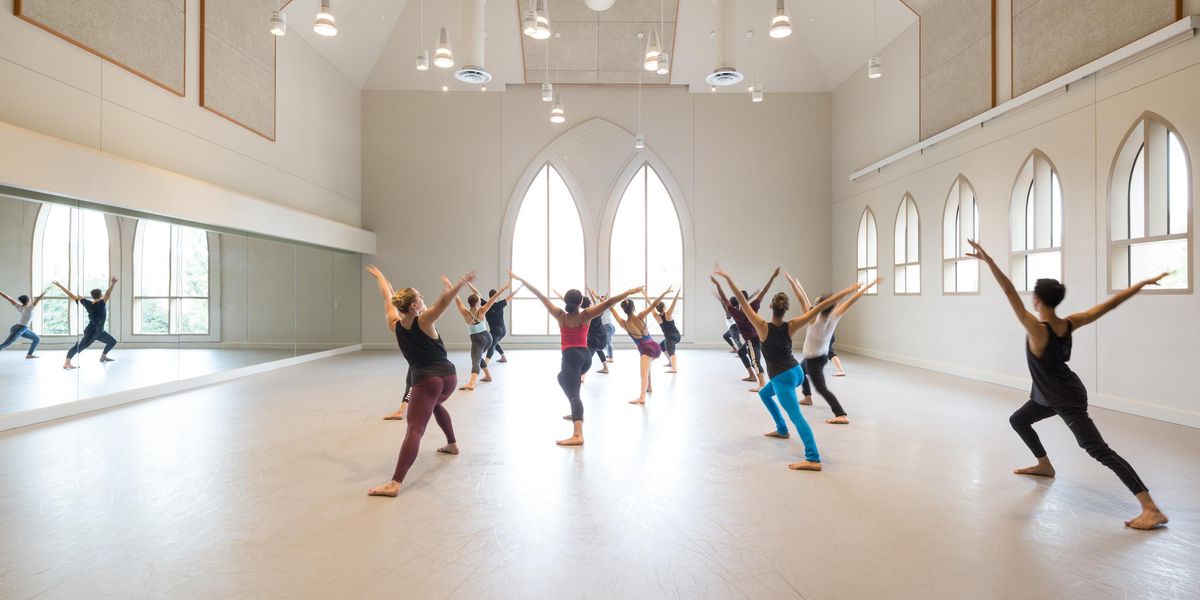Neverwhere and Everywhere
This week, embedded in the usual mix of mostly Balanchine and a sprinkle of Robbins at New York City Ballet, are two new works that are very NOW. They are Benjamin Millepied’s Neverwhere and Justin Peck’s Everywhere We Go. If you go to NYCB this week, you will see one or the other of these very contemporary ballets.
The first won the lottery, so to speak, in last year’s pairing of choreographers with fashion designers. Millepied’s brooding choreography happened to click aesthetically with Dutch designer Iris Van Herpen’s creation of glittering darkness. If you can imagine rompers made of black ice, that’s what these costumes look like. Made of hundreds of shiny black plastic trips, they reflect gleams of lights and crinkle loudly when Nico Muhly’s music is quiet. Oh, and did I mention the dangerous-looking, thigh-high pointe-shoe/boots? Their very outréness fits with Millepied’s surging groups and edgy partnering. Sterling Hyltin as a lead dancer is cool in every sense of the word. “These boots are made for walking”—or rather bourrée-ing—when worn by Sterling Hyltin!
Peck’s piece begins with jarringly sharp moves for six men, including a duet for Robert Fairchild and Amar Ramasar center stage. This opening bid mixes shadowing gestures with a reference to the Dark Angel’s covering of the guy’s eyes in Balanchine’s Serenade. As definite as the opening is, there are other times when one person is wandering around vaguely, like when Andrew Veyette looks all over the place as though he doesn’t know where he belongs.
Like Millepied, Peck has found new ways to move groups around the stage, thus breaking up the lines and diagonals typical of Petipa and Balanchine. I find that boldness exciting—almost transgressive. (Akin to the boldness of the JR novelty during the first week of the season.) The corps dancers sometimes reach out to one of the partners in a pas de deux and draw that person away. Sometimes dancers suddenly forsake the verticality of ballet and head for the floor. As in the past, Peck often does this prone thing as a design element. But in this piece he also has dancers falling one at a time, with another person rushing to break the fall. This is a welcome example of release work softening of the emotional tone of the usual ballet formality. And it’s fun to see the arms extending out of the wings. Maybe the “Everywhere” in the title refers to activating the floor and periphery in addition to the usual location—center stage.
Peck’s past works have been impressive displays of pattern and dynamics—but limited. But Everywhere is a major work, fully explored, with tender as well as tough moments. Most of all, he possesses a sense of sequence—what follows what—that’s delightfully original, and a sense of craft—choosing when certain images recur—that deepens the experience.




